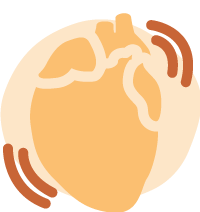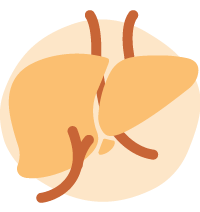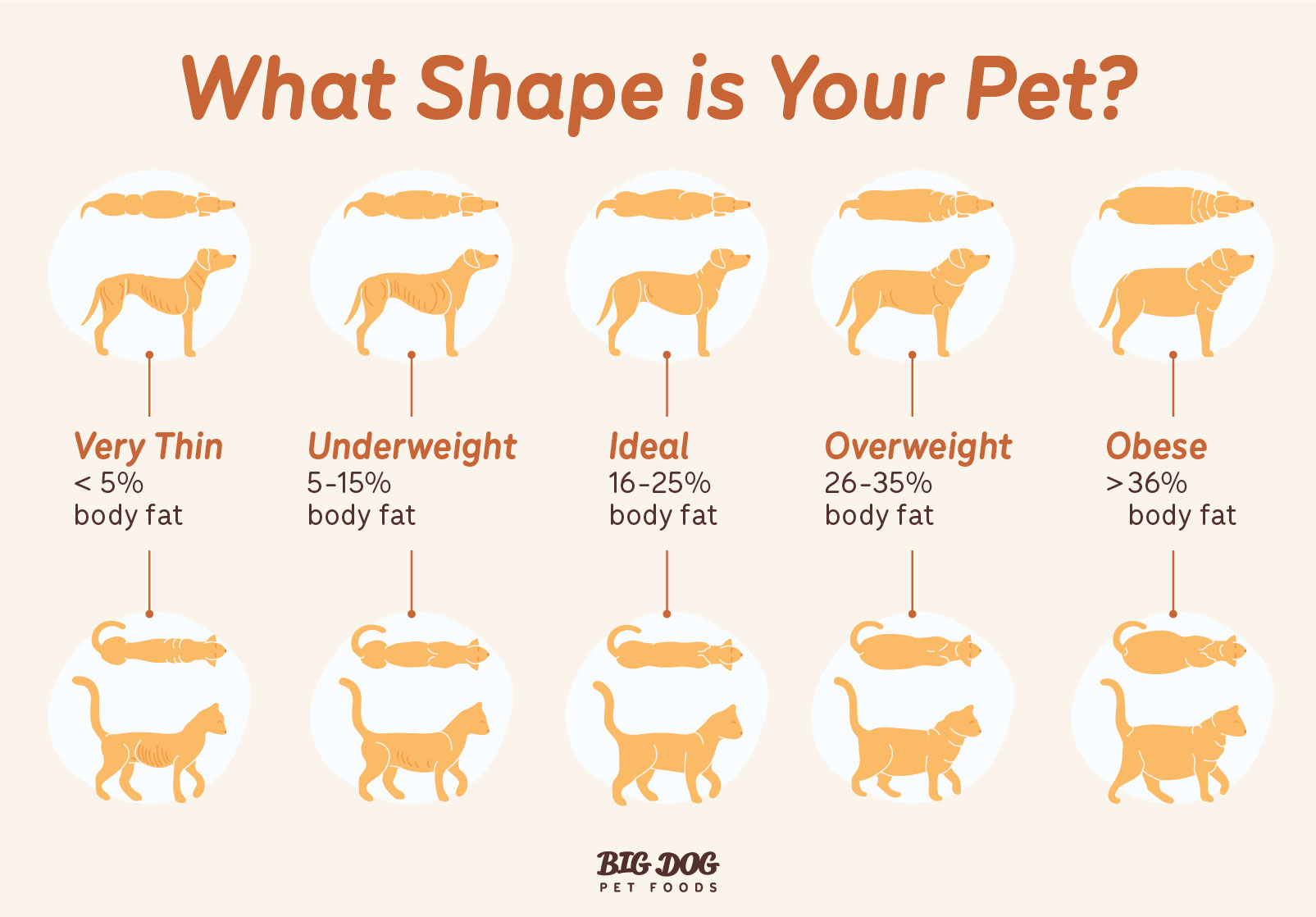Weight Management for Pets

by Dr Nicole Rous, Integrative Vet
I’m not here to body shame but I do want to talk about a weighty issue with our pets… Obesity. It is a real issue these days with our pets and weight management is a discussion I have on a daily basis in our clinic.
Research suggests over 40% of Australian dogs and 30% of cats are overweight(2) and it may be interesting to learn that the health implications from obesity are similar for our furry friends as they are for us. When our pets are overweight our main health concerns can be broken down into a few key areas that all have a direct impact on quality of life:

Mobility.
Without a doubt one of the greatest influences we can see with our own eyes in overweight dogs, is the impact it has on their joints and general mobility. The additional pressure from the weight causes stress on the joints which can result in pain. It also accelerates the development of arthritis and causes muscle fatigue and strains as they walk.(1)

Heart and Respiratory Function.
In a similar way to us, our pets can get ‘puffed out’ more easily when they’re overweight, they have reduced exercise tolerance. Their heart function is also compromised with the extra fat stores and inflammation the body creates in an overweight state. (3)

Organ function.
In an overweight state none of the organs are able to function optimally due to various factors such as increased blood pressure secondary to obesity or increased inflammatory mediators constantly showering the organs.(1) In some organs such as the liver, fat can accumulate within the organ which further affects its function.
Due to these factors, many pets will sadly have a shorter lifespan if they maintain this throughout their life. So, what can we do as pet parents? Well, the good news is, so much!
Step 1: Learn how to monitor weight accurately.
One of my favourite sayings is knowledge is power. Of course, when we know better we do better, but how can you tell if your pet is overweight or, if you’re on a weight loss journey, how do you know when you’ve struck the ideal weight? Good news is that it’s an easy process to learn - it’s called ‘Body Condition Scoring.’ In my opinion, the easiest and most reliable way to score is to run your hand lightly along the side of your pet’s chest or rib cage. You should be able to feel the ribs without pushing in. Ask your vet or vet nurse next time you're in a veterinary clinic to show you how (and I’m sure they would be happy to ‘score’ your pet for you too). There’s a handy free chart available online with instructions.

A good level of weight loss per week is 1-2% or 4-5%/month. For a 10kg dog this equates to 100g per week. It’s important to set realistic goals so you’re not causing problems from rapid weight loss or disappointment and frustration if you’re not achieving what you thought was appropriate.
Step 2: Start with simple.
Many pets will lose weight by simply dropping their current daily food intake by 25%. This sounds quite simple but it is easy to forget about all the little treats! In an ideal world I get pet parents to measure the ‘ration’ of food and (healthy) treats each day and make sure you use that source rather than helping yourself to packets or open containers from the pantry which are much harder to keep track of! A simple exchange of a couple of ‘dog biscuits’ for a carrot can make a big difference on the treat front too!
Step 3: Ditch the carbs.
If you’re getting nowhere or you’re interested in exploring diet, it may be time to review the contents of your pet’s diet. Neither cats nor dogs thrive on high carbohydrate diets and their natural physiology is better aligned with a high protein, high fat and low carbohydrate diet. In some ways, not dissimilar to the human ‘keto’ diet. Switching up your pet’s diet can really help to wake up their metabolism and kick start the weight loss journey. I always recommend including a good probiotic in a weight loss journey as a diverse microbiome will metabolise nutrients much better than a poor one. It’s important to make sure they’re not missing out on nutrients so I generally don’t recommend a home cooked diet and prefer pet parents to choose a lean balanced raw food such as Big Dog’s Kangaroo or Goat. Game meats are generally leaner than other cuts such as beef and lamb so they’re my first choice for weight management.
Step 4: Exercise
This is starting to sound like a blog for humans isn’t it, but yes, exercise is just as important for their weight loss journey as it is for us. Consistent exercise is great, especially for pets that are struggling with their joints, as it helps manage pain control better than big exercise days that are followed by rest days. A key for the success of exercise and weight loss is to try and increase your pace a touch so you can feel your own heart rate elevate a little more than normal (which will mean your pet’s will as well!)
The other benefit exercise can have is to improve mental health. Our stress hormone, cortisol, is linked to weight - high levels of cortisol stimulate fat storage and disrupt our sleep and general metabolism. Exercise is good for all of us!
Step 5: Extra help
If you’re having trouble shedding the extra kilos, please don’t struggle alone. Many vet clinics have weight loss clinics these days and offer great support. It’s also a good idea to have a consultation with your vet, as sometimes a blood test is required to rule out underlying issues that can affect weight such as an underactive thyroid.
So I guess the take home message for weight management is: offer good food in moderation and keep up the exercise … Sounds like a story we’ve heard before doesn’t it.
Check out Big Dog’s range of low-fat recipes here.
See where you can buy Big Dog near you here.
About the Author - Dr. Nicole Rous

Dr. Nicole Rous completed her degree with Honours from the University of Sydney in 2008. She initially worked in the UK before returning to small animal practice in Melbourne, Australia. Dr. Nicole has a keen interest in animal reproduction and has been granted Membership with the Australian and New Zealand College of Veterinary Scientists in this specialty. She is also passionate about complementary therapies such as massage and enjoys discussing ways to enhance pets' overall well-being and quality of life.
In August 2021, Dr. Nicole joined the Mont Albert Veterinary Surgery team as a director and continues to provide exceptional care to her patients. She is dedicated to utilising her knowledge and experience to assist pets in living longer, healthier, and happier lives.
Dr. Nicole's commitment to providing natural and holistic health practices for pets inspired her to establish Shy Tiger, a company that offers natural pet products made from premium ingredients sourced primarily from Australian farms and producers. Her expertise in natural health practices and dedication to providing excellent care to her patients make her a reliable partner for pet owners in Melbourne and beyond.
